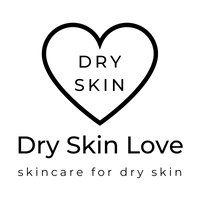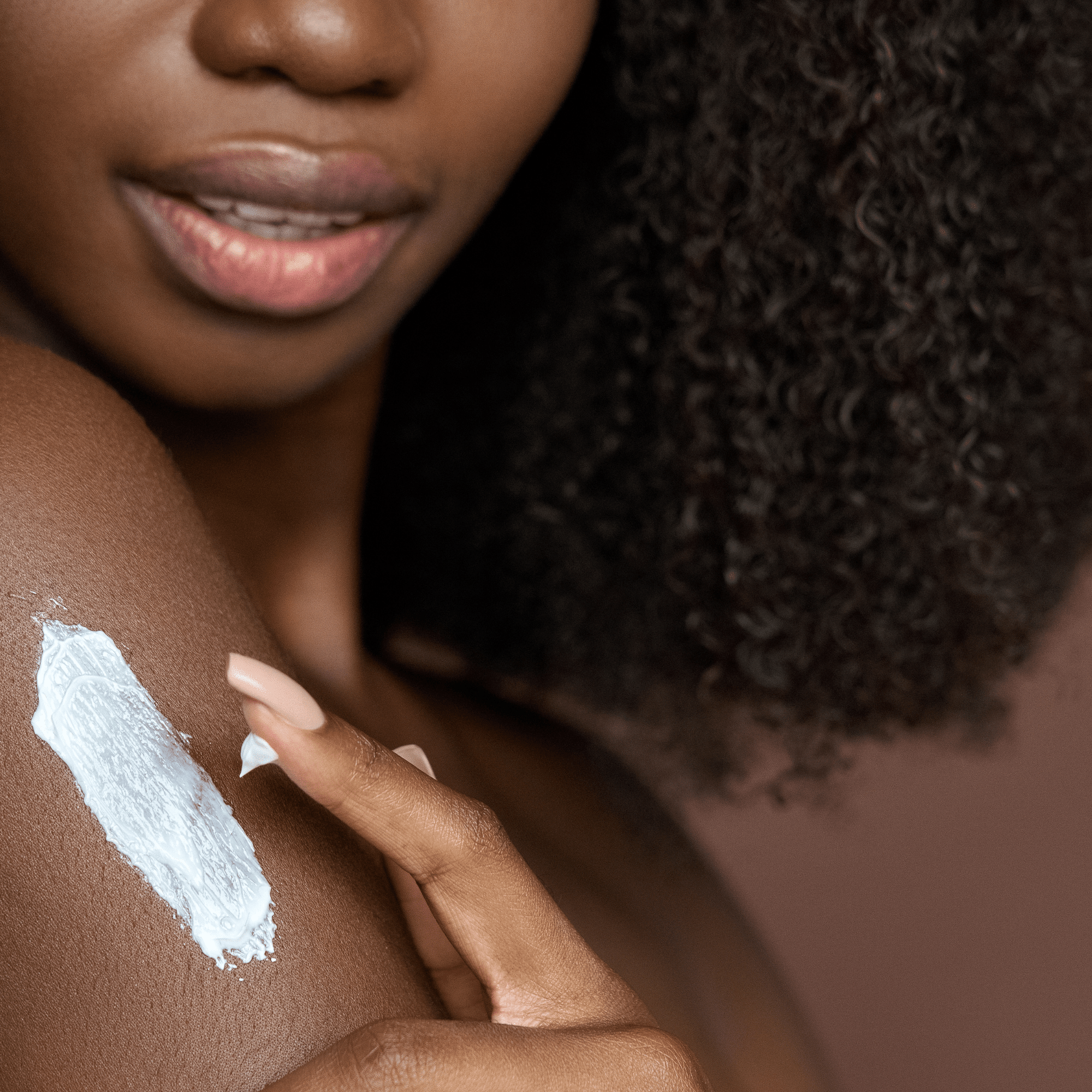
Zinc has been used as a skin treatment for centuries.
Topical preparations like zinc oxide, calamine lotion, or zinc pyrithione have been used as soothing agents and anti-itch relief (Gupta et al, 2014).
Calamine lotion contains zinc oxide or zinc carbonate and is used frequently for symptomatic relief of itch because of its soothing properties (Gupta et al, 2014).

Zinc oxide paste and zinc sulphate are effective in diaper dermatitis and hand eczemas (Baldwin et al, 2001; Faghihi et al, 2008).
Although zinc is less effective as compared to other treatment modalities like topical corticosteroids, it is a useful soothing and anti-itch agent (Landsdown et al, 1996; Baldwin et al, 2001).
Topical zinc oxide has strong antioxidant and antibacterial action and is used to treat atopic dermatitis or eczema (Gupta et al, 2014).
Zinc inhibits mast cell degranulation and reduces the secretion of histamine, an important mediator of inflammatory response and an inducer of itch, thereby making it a useful treatment option for itch relief (Marone et al, 1986).
Interestingly, zinc oxide infused textiles have been tried for the management of atopic dermatitis in a study and a significant improvement was observed in the disease severity, pruritus, and subjective sleep, in patients who wore zinc oxide infused textiles (Wiegand et al, 2013).

Topical zinc oxide is available in various concentrations - from 10% to 40%, and in a variety of forms including creams, ointments, pastes, powders and sprays.
Zinc oxide creams are generally safe for long term use.
References
Baldwin S, Odio MR, Haines SL, O'Connor RJ, Englehart JS, Lane AT. Skin benefits from continuous topical administration of a zinc oxide/petrolatum formulation by a novel disposable diaper. Journal of the European Academy of Dermatology and Venereology. 2001;15(supplement 1):5–11.
Faghihi G, Iraji F, Shahingohar A, Saidat AH. The efficacy of “0.05% Clobetasol + 2.5% zinc sulphate” cream versus “0.05% Clobetasol alone” cream in the treatment of the chronic hand eczema: a double-blind study. Journal of the European Academy of Dermatology and Venereology. 2008;22(5):531–536.
Gupta M, Mahajan VK, Mehta KS, Chauhan PS. Zinc therapy in dermatology: a review. Dermatol Res Pract. 2014;2014:709152.
Landsdown ABG. Zinc in the healing wound. The Lancet. 1996;347(9003):706–707.
Marone G, Columbo M, de Paulis A, Cirillo R, Giugliano R, Condorelli M. Physiological concentrations of zinc inhibit the release of histamine from human basophils and lung mast cells. Agents Actions. 1986 Apr;18(1-2):103-6.
Wiegand C, Hipler UC, Boldt S, Strehle J, Wollina U. Skin-protective effects of a zinc oxide-functionalized textile and its relevance for atopic dermatitis. Clinical, Cosmetic and Investigational Dermatology. 2013;6:115–121.
Author Information

Dr. Natasha Ryz is a scientist, skin care expert and an entrepreneur. She is the founder of Dry Skin Love Skincare, and she creates skincare products for beauty, dry skin and pain relief.
Dr. Ryz has a PhD in Experimental Medicine from the University of British Columbia in Vancouver, and she is a Vanier scholar. She also holds a Master of Science degree and a Bachelor of Science degree from the University of Manitoba in Winnipeg.
Natasha is the former Chief Science Officer of Zenabis Global, and she oversaw cannabis extraction, analytics, and product development. Her team brought 20 products to market including oils, sprays, vapes and softgels.
Why I Started A Skincare Company

